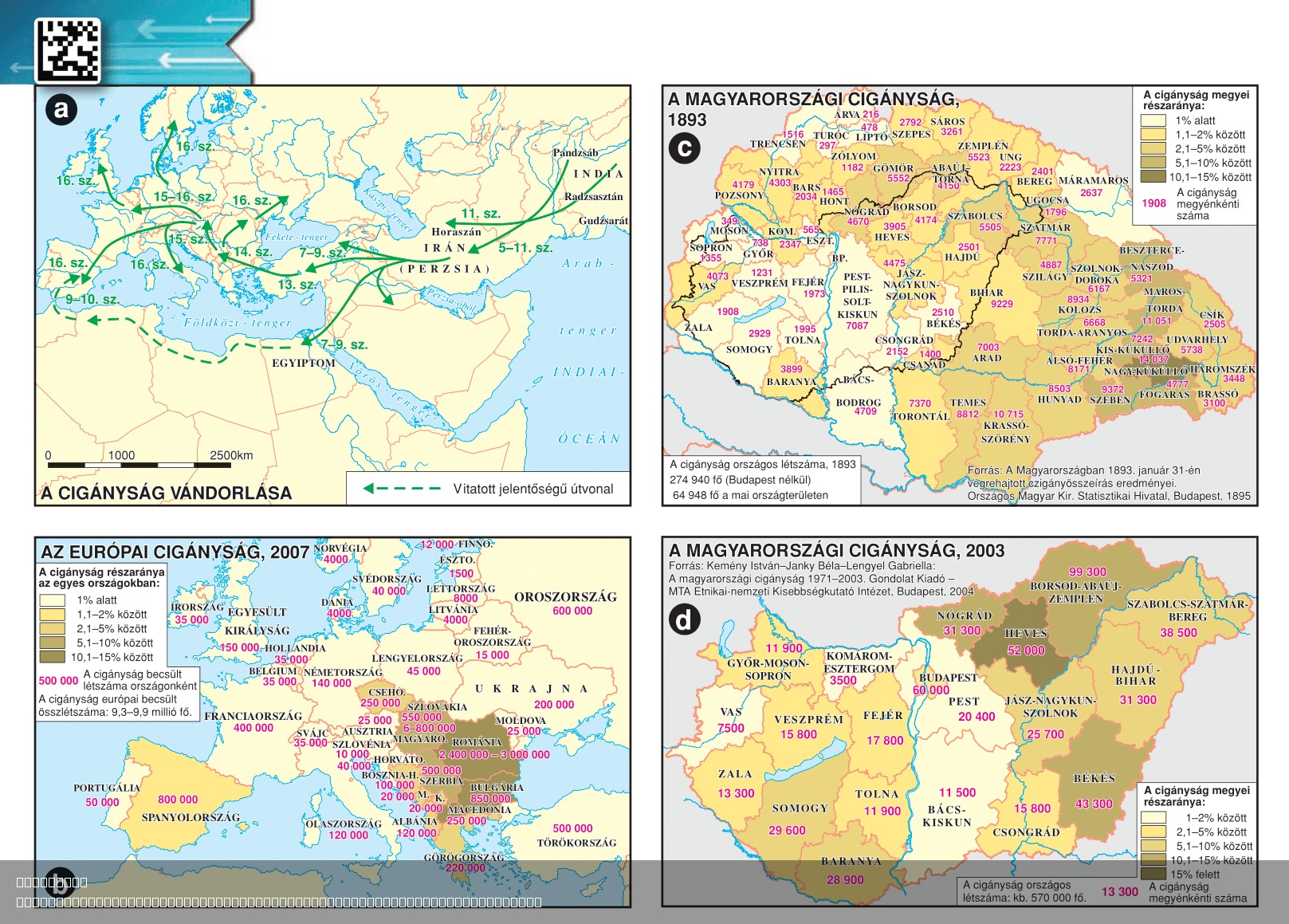Roma Migration History to Europe and Hungary Map


David Chen
Data Visualization Specialist
David Chen is an expert in transforming complex geographic datasets into compelling visual narratives. He combines his background in computer science ...
Geographic Analysis
What This Map Shows
This map illustrates the migration patterns of the Roma people across Europe, with a specific focus on their journey to Hungary. It highlights key historical routes, significant migration waves, and the regions where Roma populations have settled over time. By visualizing this complex history, we can better understand the socio-cultural dynamics that have shaped Roma communities in Europe today.
Deep Dive into Roma Migration
The Roma, often referred to as Gypsies, have a long and intricate history of migration that dates back to their origins in northern India around the 1st millennium AD. Over centuries, they spread across Europe, facing myriad challenges and adaptations along the way. This migration is not merely a tale of movement; it reflects resilience, cultural exchange, and the ongoing struggle for recognition and rights.
Interestingly, the Roma migration can be divided into several significant waves. The first major migration into Europe occurred between the 14th and 15th centuries, primarily through the Balkans. Records from this period indicate that Roma groups began arriving in Hungary around the late 15th century, where they were initially welcomed for their skills in metalworking and horse trading. However, as their population grew, so did the societal tensions against them.
By the 18th century, Roma communities were becoming more established in Hungary, particularly in rural areas. They adapted to local customs while maintaining distinct cultural traditions, such as music and dance, which contributed to Hungary's cultural tapestry. However, this visibility often led to discrimination, and local governments implemented various measures aimed at controlling the Roma population.
The 19th century marked another significant period for Roma migration, influenced by broader socio-political changes across Europe. During this time, the industrial revolution prompted many Roma to move towards urban areas in search of employment. Unfortunately, this shift often resulted in increased marginalization as they faced systemic discrimination and exclusion from mainstream society. Current estimates suggest that there are approximately 700,000 to 1 million Roma living in Hungary today, making them one of the largest ethnic minorities in the country.
What's fascinating is that despite centuries of migration and adaptation, the Roma have maintained a strong cultural identity, characterized by their distinct languages, customs, and music. However, the challenges they face today, including poverty, discrimination, and social exclusion, are deeply rooted in their historical experiences of migration and settlement.
Regional Analysis
When we analyze the Roma migration history through the lens of specific regions shown on the map, we can observe notable differences in settlement patterns and social integration. For instance, in Western Europe, countries like France and Spain have seen significant Roma communities, often concentrated in urban areas. These populations face different challenges than those in Eastern Europe, where systemic discrimination is more pronounced.
In Hungary, regions such as Northern Hungary and the Great Plain have historically had larger Roma populations. Here, traditional lifestyles often clash with contemporary societal norms, leading to unique challenges regarding education and employment. Moreover, the socioeconomic status of Roma communities varies widely across Hungary, with some areas experiencing higher levels of poverty and marginalization compared to others.
Interestingly, the interaction between Roma communities and local populations can also vary significantly. In some areas, Roma have successfully integrated into the local economy, while in others, they remain marginalized and face significant barriers to social mobility. For example, urban centers like Budapest offer more opportunities for employment and cultural exchange, but they also reflect the urban-rural divide that influences the lived experiences of Roma individuals.
Significance and Impact
Understanding the history of Roma migration is crucial for several reasons. Firstly, it sheds light on the ongoing social and economic challenges faced by Roma communities in Europe and Hungary. Discrimination, poverty, and limited access to education and healthcare are persistent issues that can be traced back to historical migration patterns and societal attitudes.
Moreover, this historical context is essential for policymakers aiming to address the inequalities faced by Roma populations. As Europe grapples with issues of integration and social cohesion, recognizing the unique history and cultural contributions of the Roma becomes increasingly important. Current trends suggest a growing awareness and advocacy for Roma rights, yet much work remains to be done.
Looking ahead, the future of Roma communities will depend significantly on how societies choose to engage with their rich history and cultural identity. By acknowledging their contributions and addressing the systemic barriers they face, we can foster a more inclusive Europe where diversity is celebrated rather than marginalized. In conclusion, the map serves not just as a historical record but as a reminder of the ongoing journey of the Roma through Europe and Hungary.
Visualization Details
- Published
- August 3, 2025
- Views
- 150
Comments
Loading comments...